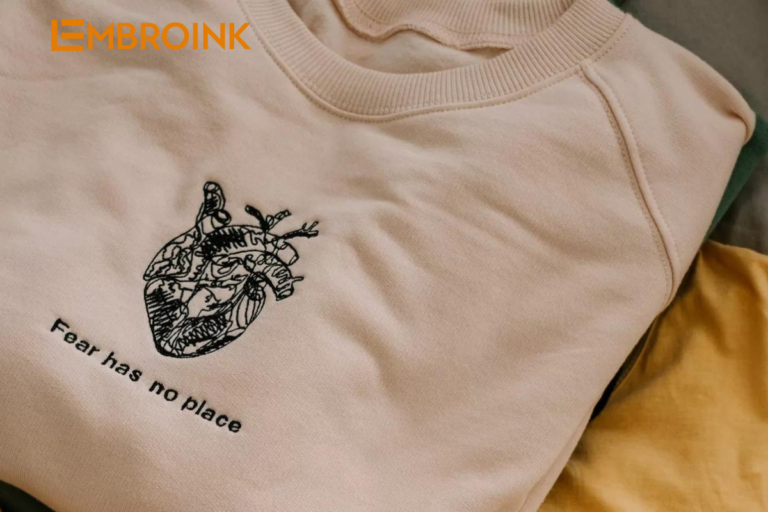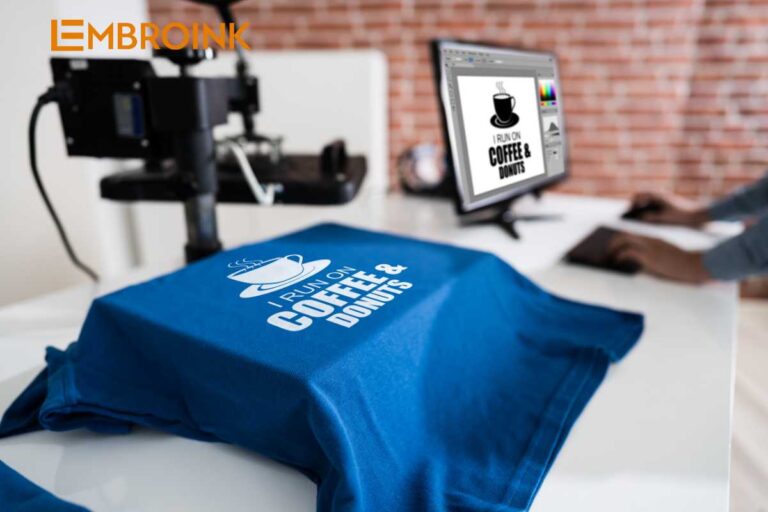How to applications of DTG digital printing?
Direct-to-garment (DTG) digital printing is revolutionizing the textile industry with its ability to produce high-quality, vibrant prints directly onto fabric. This innovative printing method has opened up a world of possibilities for customization, allowing designers and businesses to create unique, detailed designs with ease. In this article, we will explore the various applications of DTG digital printing, from personalized apparel to promotional products, and provide insights into how you can leverage this technology to enhance your brand, streamline production, and meet the growing demand for bespoke items. Whether you are a small business owner, a fashion designer, or an enthusiast looking to create custom pieces, understanding the applications of DTG digital printing can significantly impact your creative and business endeavors.
History of DTG Printing
Direct To Garment (DTG) printing is irrevocably shifting the paradigm in the world of custom apparel. Its roots can be traced back to the late 1990s, when the first attempts to print full-color images directly onto textiles took place. This marked a transition from traditional and time-consuming methods like screen printing, which had previously dominated the industry. The early implementation of DTG printing was neither simple nor efficient by today’s standards, but it was a significant milestone that signaled the custom apparel industry was ripe for technological innovation.
In its nascent stages, DTG printing faced numerous obstacles, including high costs, technological limitations, and slow production speeds. Despite these drawbacks, forward-thinking innovators recognized the immense potential of DTG printing. As technology advanced, so did the DTG digital printing process. Developments in ink formulation, printing equipment, and design software gradually transformed DTG printing into a practical and scalable solution. Today, it is celebrated as a groundbreaking technique that has revolutionized the custom apparel industry.
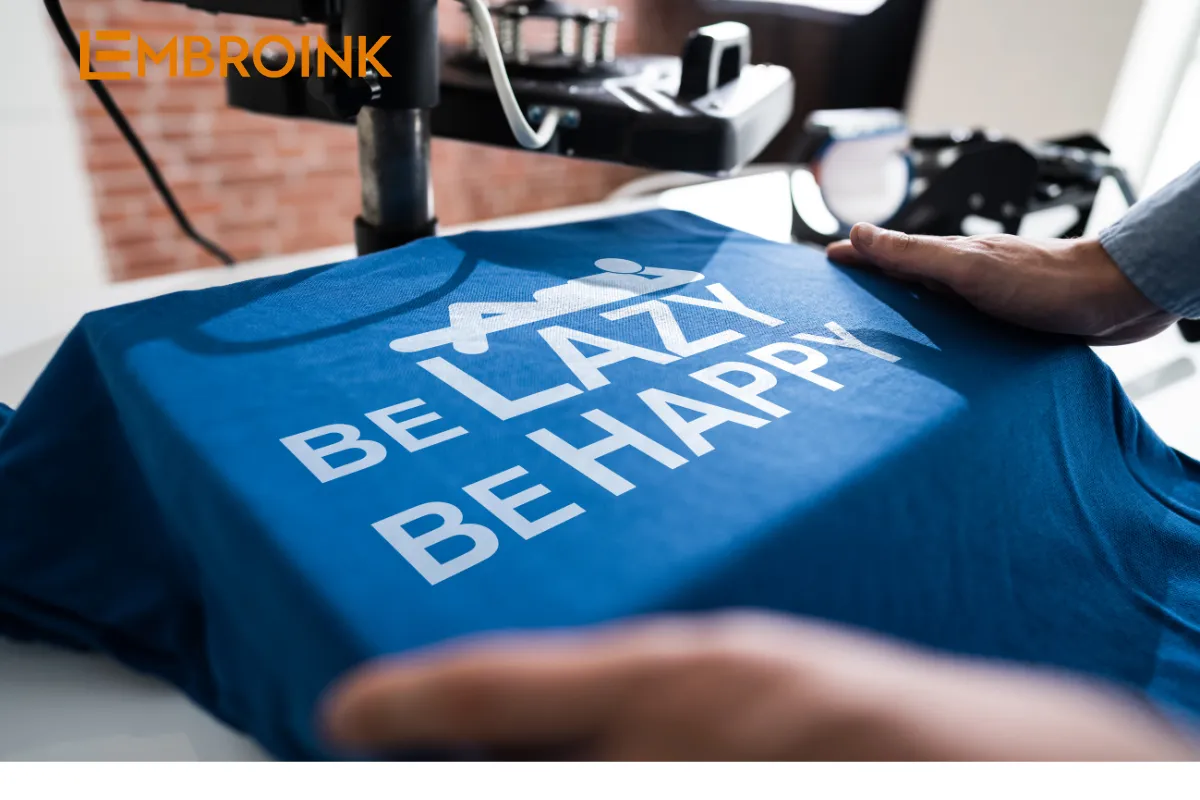
Advancements in Technology
The continuous evolution of DTG technology reflects broader advancements across various sectors, notably in custom apparel. DTG printing has brought significant improvements in efficiency, quality, and customization options.
Key highlights of this technological revolution include:
- Perfect Full-Color Prints: DTG printers can produce intricate, detailed designs with vibrant colors.
- Faster Turnaround Times: By eliminating the need for manual color separation and screens, DTG printing speeds up production.
- Unlimited Design Freedom: DTG digital printing allows for the creation of designs without color count limitations, offering unparalleled creative freedom.
These advancements have turned DTG printing into a game-changer, enabling businesses to meet individual personalization needs with superior quality and streamlined processes. As a result, DTG printing continues to transform the custom apparel industry, making it more accessible, efficient, and versatile.
Benefits of DTG Printing
Understanding the unique advantages of DTG digital printing can help you make an informed decision. Let’s delve into some of these advantages that are revolutionizing the custom apparel industry and boosting creativity:
- High-Quality Prints: DTG printing produces high-resolution prints with vivid colors and sharp details. It’s the best choice for intricate designs that require color grading or multiple hues, ensuring your artwork is accurately represented on fabric.
- Efficient for Small Orders: Unlike other printing methods, DTG is optimal for low-volume orders and one-offs. This efficiency makes it ideal for start-ups and small business owners who need flexibility in their production without committing to large quantities.
- Quick Results: Since there’s no need for setup as in screen printing, DTG printing can turn around orders much faster. This rapid process is perfect for businesses that need to meet tight deadlines or want to offer quick turnaround times to their customers.
- Unlimited Color Choices: With DTG digital printing, you can incorporate any number of colors into your design without incurring additional costs. This flexibility allows for more creativity and the ability to produce complex, multi-colored designs without worrying about extra charges.
- Eco-Friendly: DTG uses water-based inks, which are gentler on the environment compared to the plastisol inks used in screen printing. This eco-friendly aspect makes DTG a more sustainable choice for those conscious of their environmental impact.
- Customizable: As designs are digitally printed onto the garment, DTG allows for complete customization. This feature is perfect for brands or artists wanting to experiment with varying designs, offering a versatile platform for creative expression.
By leveraging these benefits, DTG digital printing is not only transforming how custom apparel is produced but also empowering businesses and individuals to explore new creative possibilities.
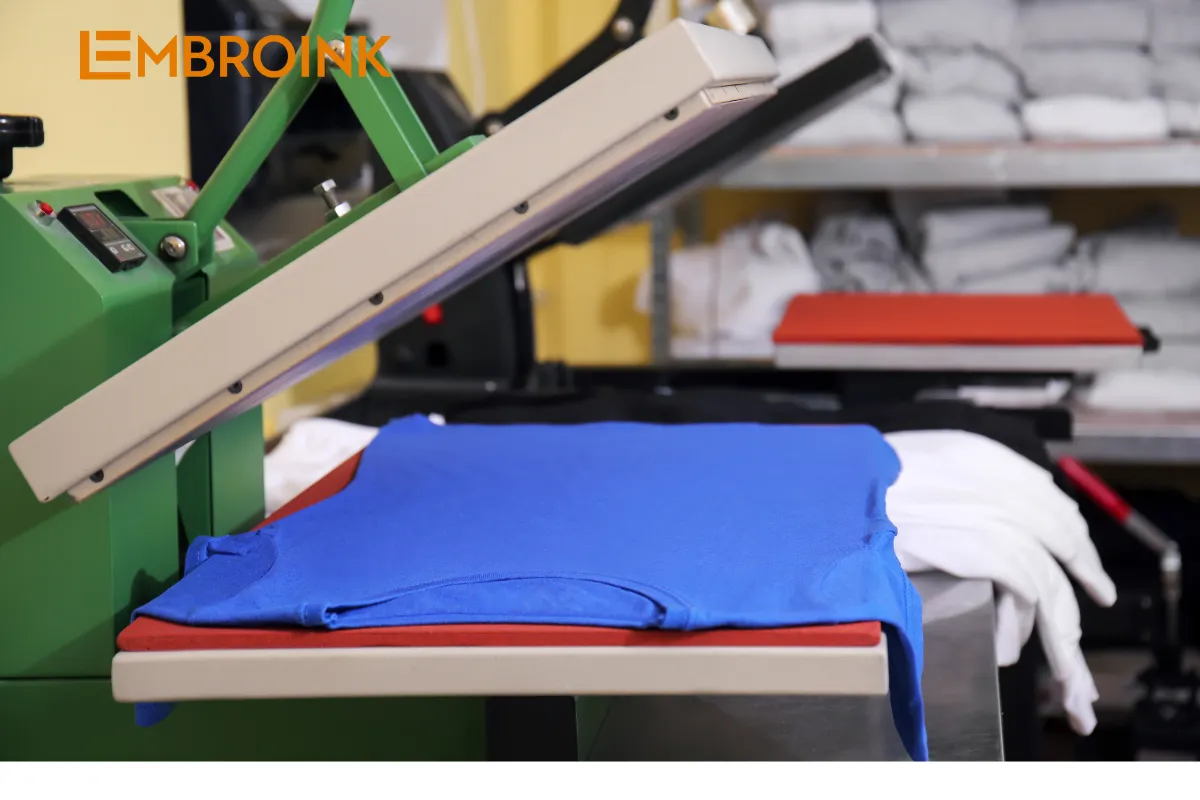
Applications of DTG Digital Printing
The applications of DTG digital printing are diverse and extensive. Here are three industries where digital printing is widely utilized:
Fashion industry
In the fashion and apparel industry, Direct-To-Garment is commonly used to print designs directly onto fabric and clothing. With DTG (Direct-To-Garment), entire designs can be printed in a single run. DTG printing does not limit the number of colors, so simply sending the print file ensures the request can be fulfilled.
Advertising industry, photo printing
In the advertising industry, DTG digital printing is extensively used for printing images, billboards, flyers, posters, business cards, wedding invitations, and more. This printing technology has brought significant convenience and flexibility to advertisers and advertising material producers.
A notable feature of DTG digital printing is its ability to directly print from electronic files without the need for plates or complex setup procedures required in traditional offset printing. This reduces production time, cuts costs, and efficiently facilitates small print runs. Moreover, the flexible editing capability of electronic files prior to printing is a major advantage, allowing easy changes to content, images, and colors.
The adoption of digital technology also opens up new creative opportunities in advertising design. Designers can explore a diverse range of visual elements and colors, creating impactful advertising materials that effectively capture customer attention.
Other Industries
DTG digital printing is also widely applied across various manufacturing sectors, particularly in decoration and interior design. This technology has revolutionized these industries by offering enhanced customization capabilities and efficient production processes.
In decoration, DTG digital printing allows for intricate and personalized designs on various surfaces such as textiles, ceramics, glass, and wood. This versatility enables designers to create unique patterns, textures, and colors that traditional methods struggle to achieve. Whether it’s printing custom wallpapers, upholstery fabrics, or decorative tiles, digital printing offers unparalleled flexibility and precision.
In interior design, DTG digital printing plays a crucial role in creating bespoke elements for residential and commercial spaces. It enables the production of custom murals, artwork, and signage that can transform interiors with vibrant visuals and detailed graphics. The ability to print directly onto materials like metal, acrylic, and PVC opens up endless possibilities for creating durable and visually striking interior decor elements.
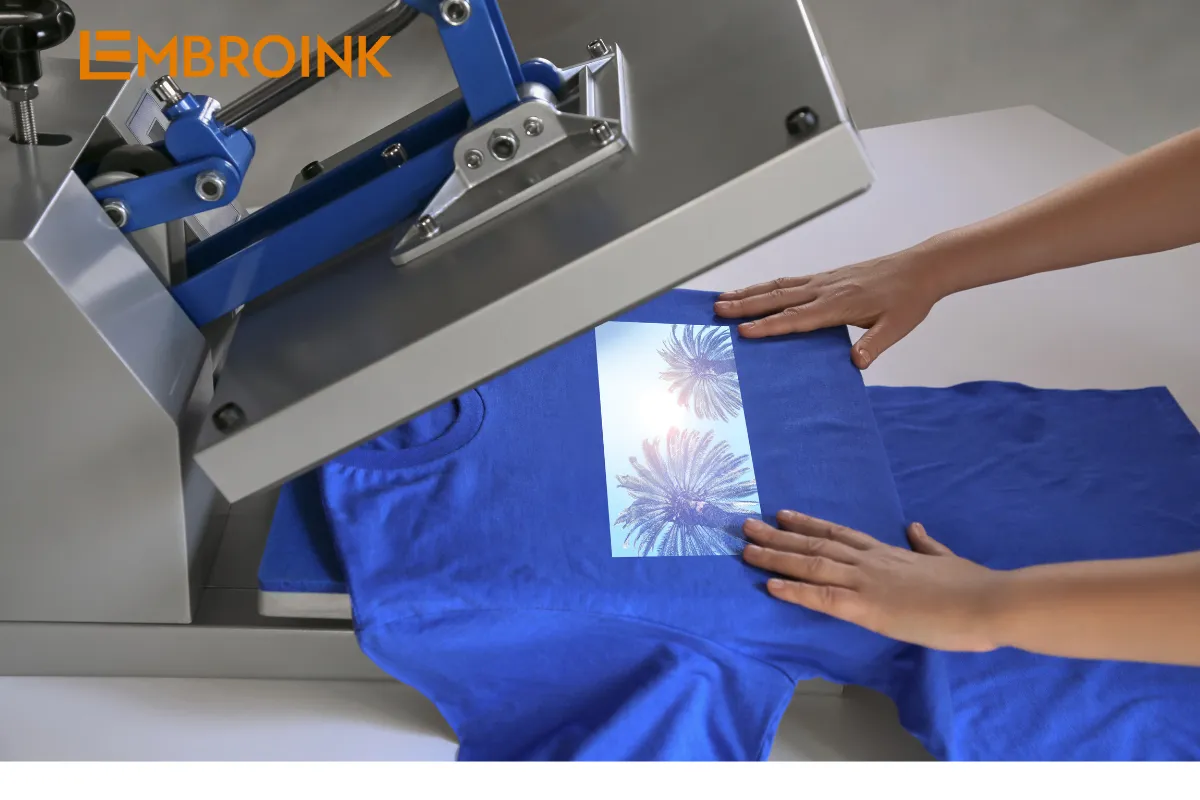
Types of DTG Printers in the Market and the Materials and Inks Used
Pushing the boundaries of custom apparel, the evolution of Direct to Garment (DTG) printing technology has led to the development of a multitude of advanced and high-performance printers. The right DTG printer for you, however, depends largely on the nature of your business, your professional requirements, and your budget.
- Entry-Level DTG Printers: Perfect for beginners or smaller businesses, entry-level DTG printers are cost-effective options that provide high-quality printing. Notable models include the Epson SureColor F2100 and the Brother GTX Pro. These printers offer excellent print quality, albeit at slightly slower speeds and with a more modest color gamut.
- Mid-Level DTG Printers: For those who require faster turnaround times and a wider color range, mid-level DTG printers like the Anajet mPower and the M2 from ColDesi are practical choices. They provide more consistency in prints and can handle a moderate volume of orders efficiently.
- Industrial DTG Printers: Designed for industry professionals handling large volume orders, industrial DTG printers such as the Kornit Avalanche HD6 and the Epson F3070 deliver the highest production speeds, top print quality, and best consistency. These printers are ideal for businesses that demand robust performance and reliability.
Materials and Inks Used
- Inks: All DTG printers use water-based inks, which are environmentally friendly and safe for printing on various fabrics. These inks are specially formulated to work on both light and dark garments, providing vibrant and durable prints. Water-based inks allow for unlimited color choices, giving artists the freedom to create complex and detailed designs without color restrictions.
- Materials: DTG printing is incredibly versatile, able to print on a broad spectrum of fabrics. The most preferred material is 100% cotton due to its excellent ability to absorb water-based inks, resulting in high-quality prints with vivid colors and sharp details. Cotton blends and polyester fabrics can also be used, though they may require pre-treatment to achieve the best results. Advances in DTG technology have improved the compatibility with various fabric types, allowing for greater flexibility in custom apparel production.
By understanding the different types of DTG printers and the materials and inks they use, you can make an informed decision that aligns with your business needs and goals. Whether you are just starting out or looking to upgrade your production capabilities, there is a DTG printer that can meet your specific requirements.


